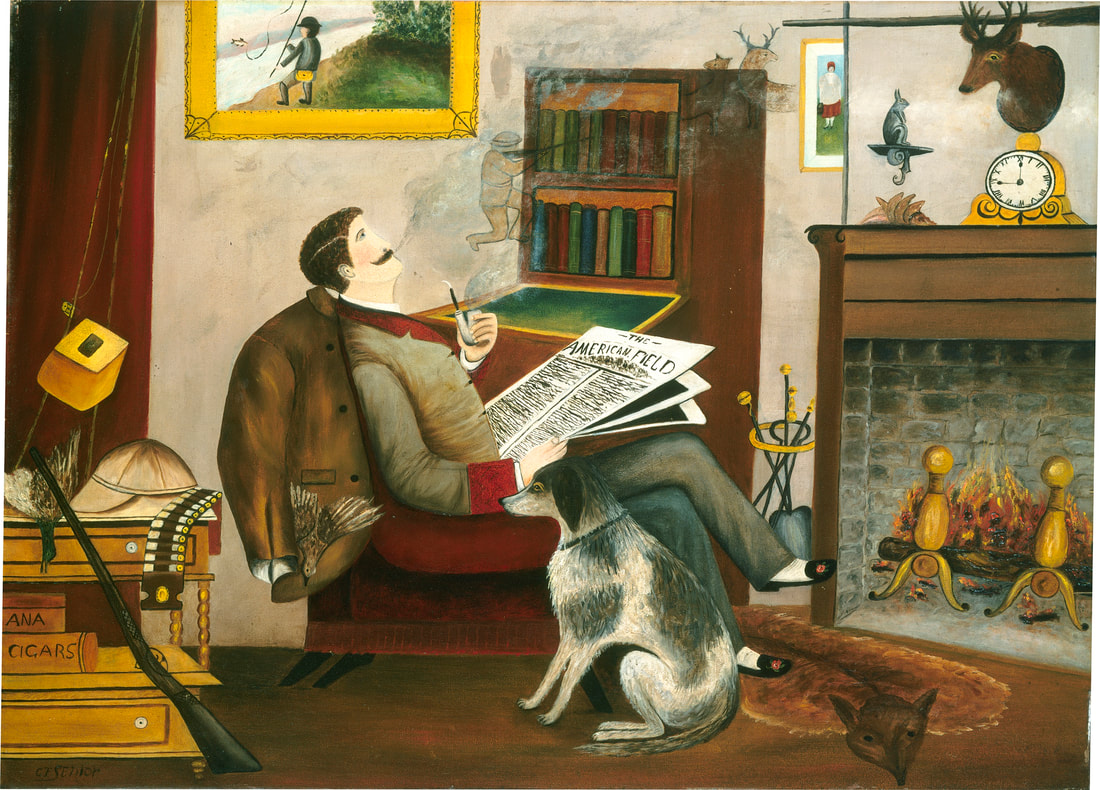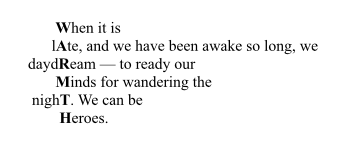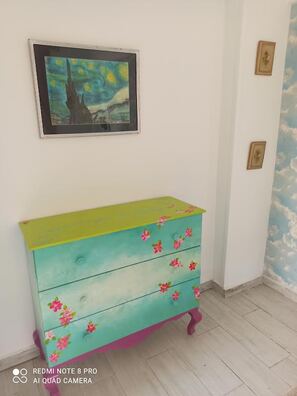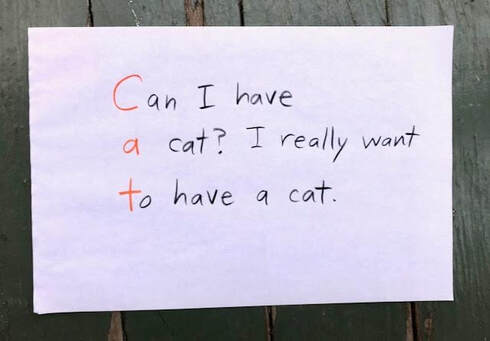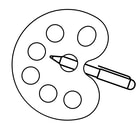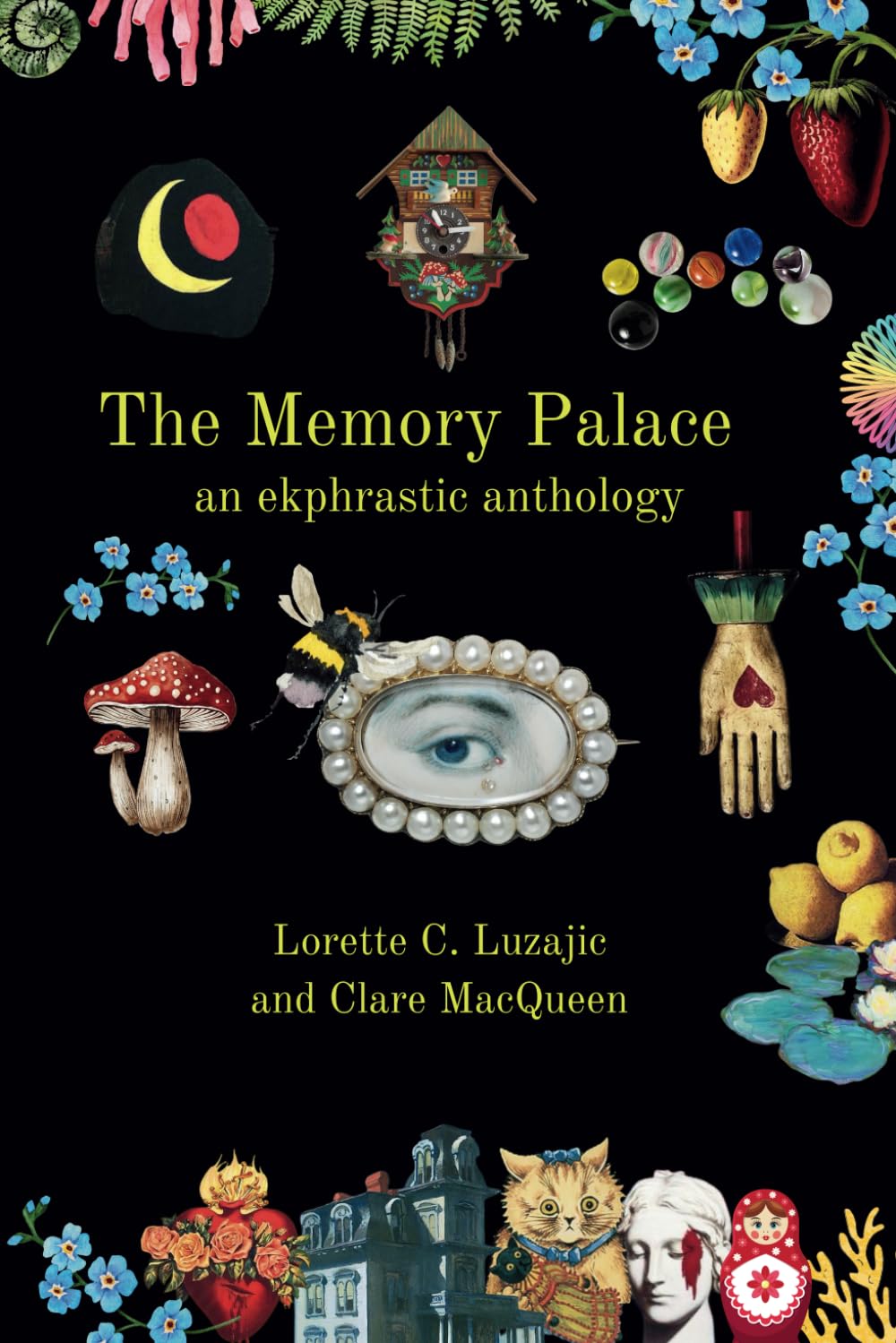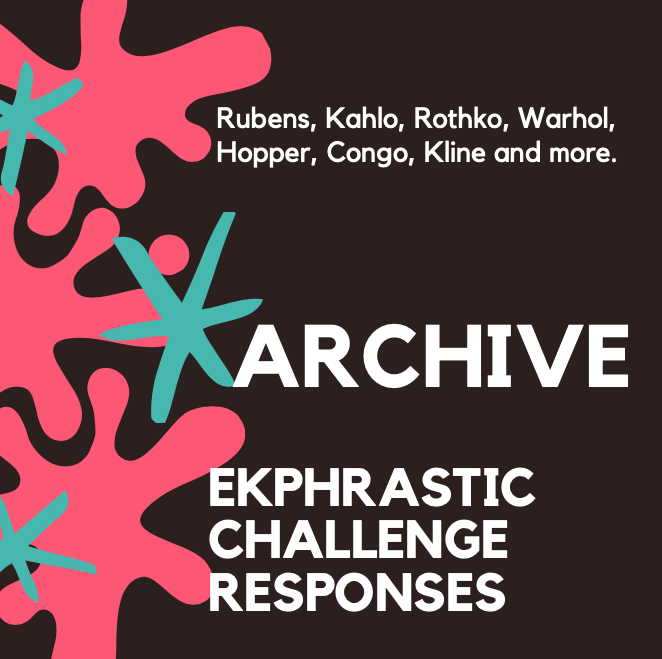|
Introducing Children to Writing Ekphrastic Poetry The Workshop At a time when galleries were closed, the National Gallery of Art (NSG) in Washington, D.C. continued its free children’s programming and Family Days via zoom. Last week’s session, part of the NSG’s Virtual Artful Conversations aimed at ages 7-12 was designed to help them learn to enjoy and experience art. Dena Rapoport, of the NSG Education department selected the painting, The Sportsman’s Dream, by C.F. Honor for the session. The NGA owns the painting, but it is not currently on display, The writing was guided by Ohio poet, Nancy Kangas, who has spent many years teaching how to write poetry to children through her work poet, teaching artist, and filmmaker. Her own work has been published in many books and journals, including Rattle (Poetry Prize Finalist), East Bay Review (Pushcart Prize nomination). For over a decade she edited the internationally distributed Nancy’s Magazine, a collection of comics, and today, among other projects, she writes humour for Muse, a magazine for young readers. Rapoport says she first became aware of Kangas through the poet’s work with Preschool Poets. “Her emphasis on empowering and inviting young people to have agency in their creative thinking is very aligned with our values in the education division at the NGA.” Although the NGA chose poetry as the “craft” for April because April is National Poetry Month, Rapoport adds, “We often use poetry in museum teaching as that interdisciplinary approach really enhances the experience of seeing a work of art. Participants are often surprised by how poetic they actually ware when encouraged to explore a work of art in a new way.” Although the children are the target, she welcomed my entry into the class. Rapoport notes, “We love seeing the whole family join the program , think together and create alongside one another. As with other sessions in this series, Rapoport started the class by posing open-ended questions to the young audience. In this class she started with, “What are the objects you notice in the painting? What do they perhaps tell us about the man in the painting?” She says, “The open-ended prompts invite participants to develop independent critical thinking based on their own observations.” The responses showed that no detail escaped these agile young eyes and minds. “Fireplace, the books, the dog, the newspaper, smoke from his pipe were just some of the answers. Then they went on to note that the fire likely made the room warm and cozy, that the man was blowing smoke in hunting and fishing scenes, connecting it to the equipment for those hobbies lying about in the painting. One participant expressed concern that the man’s pipe smoke might damage the books. The session seemed almost in-real-life, thanks to the way Rapoport and Kangas molded the attendees into a community that soon, with raised hands-on screen or in the chat, was very participatory. Rapoport notes, “Meeting families over zoom relaxes them. It means they can snack or drink water in the comfort of their homes, something they can’t do in the museum. Certainly, they miss being able to see the brushstrokes or texture of a work, but using zoom means we have been able to mine our collection beyond what is one the walls for sources paintings (like the one above).” Technology made the session accessible to folks, like myself who came from far away and even to locals who because of zoom did not have to drive into downtown DC, hunt and pay for parking, fight traffic, or wonder what to do with other members of the family too old or too young for the session. In fact, for this session instructor Kangas was in her home in the Columbus Ohio area while Rapoport shared facilitating duties from the NGA in Washington D.C. Kangas says that in addition to her work as a poet, “I’ve been a lifelong art lover, though I never thought of myself as an artist. So, using poetry to work with paintings is exciting to me. Before the pandemic closures, I worked with children three days a week on an Ohio Arts council grant and throughout this time have worked with a small number of students online.” She says that Rapoport suggested using the acrostic form, adding, “I thought it was a particularly good way to introduce poetry as well as the use of poetry in conversing about the painting.” After the initial introductions and questions, Kangas introduced the acrostic form, talking about it as a code—a poem with a main or subject work word hidden in the “poem.” She started out by showing the class with a very simple poem about a cat. (see illustration) and then moved on to some examples from books where acrostic went from word out to right, from left to endings of words forming the acrostic and to a form where the acrostic word was in the center of poem. Throughout the discussion, both Kangas and Rapoport were careful to allow shy participants a voice on chat or by calling on them. In the short tie the class became a small art study unit. After some more discussion the class then moved to write a poem using one of the words identified by the students as an object in the painting which with which they connected: BOOK was chosen.(see example). Truly educators (in the root Latin meaning of the word, to draw out), not simply instructors or facilitators, Kangas and Rapoport drew out wonderful thoughts from the participants, empowering the students by listening to their thoughts, assigning importance to all, and then giving each participant agency over the experience by encouraging each to write and then send in poems of their own. At the end of the session all were urged to send copies of their own poems to the NGA coordinator for possible inclusion in a booklet. Why did I attend a children’s workshop? My attendance at this workshop was part of my quest to continually cultivate a beginner’s mindset in myself about my work as a writer and performer. I came to the pleasures of interpreting art through my own observations and emotions as an adult. Actually, through storytelling performance. I was often asked to express the “theme” of an exhibit with a set of tales, mostly folk, to enhance connections to the art with children and adults—provide a cultural context. One time, I was given a truer ekphrastic assignment when the Phillips Gallery hired me to write a performance piece about the Luncheon of the Boating Party one of my favorite pieces of art in that wonderful gallery. After researching the painting, I then took off on a purely fictional course, aimed at the young audience who would be lined up in front of me and the painting. As I preformed, I got the feeling Monet was standing behind me , chuckling. Seeing a piece of art through the eyes of a child is a privilege and a prompt to one’s own creative processes (at least for me). However, after attending this workshop, I knew I also wanted to spread the word of using acrostic to introduce children to ekphrastic writing and so immediately after the class emailed the museum and Kangas to request permission to write the article—and The Ekphrastic Review graciously offer to publish it. Although I encouraged my Family Day Listeners that day to make up their own stories, I did not have the resources or permission to ask them to send me their stories. It is my hope that more children can be introduced to the rich joys of ekphrastic writing with workshops like this one. You can learn more about NGA programs at National Gallery of Art Washington DC (https://www.nga.gov/) and click on the Education tab. To learn more about poet Nancy Kangas’ recent work, check out her website and recent film: https://www.preschoolpoets.org/ Nancy Kangas used the Spring volume from a set of four books of art and acrostic poems by Steven Schnur to further illustrate acrostic and ekphrasis. His books are available online. Joan Leotta Joan Leotta is a writer and performer who loves art and often finds herself inspired by a work of art as well as what she sees and hears around her. She submits often to The Ekphrastic Review and has been a guest editor for one of the challenges. Read some of Joan's work in The Ekphrastic Review here.
0 Comments
Your comment will be posted after it is approved.
Leave a Reply. |
The Ekphrastic Review
COOKIES/PRIVACY
This site uses cookies to deliver your best navigation experience this time and next. Continuing here means you consent to cookies. Thank you. Join us on Facebook:
July 2024
|
